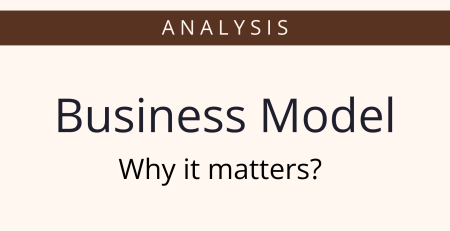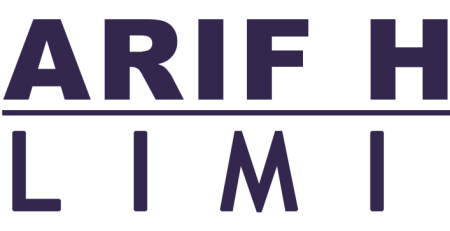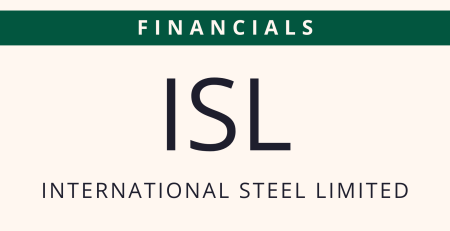Pharma Volumetric Growth: Addressing Meager Demand
Approval of deregulation of non-essential drugs by caretaker federal cabinet in February 2024 resulted in a steep jump in sector revenues. During the same time, Drug Regulatory Authority of Pakistan (DRAP) also implemented one-time price hikes for 146 essential drugs that fall under the hardship category.
As per official figures, retail pharmaceutical sector in Pakistan posted an impressive 21% growth in net revenues during the 12 months ending March 2025. Total sales surpassed PKR 1 trillion, marking a compound annual growth rate of 19% over 4 years.
📢 Announcement: We're on WhatsApp – Join Us There!
But such growth in prices could not be replicated in volumetric terms, as industry unit sales surged by just 3.6% during the period from April 2024 to March 2025. This poses concerns for industry players, who continue to face structural challenges and a lack of support from the government in regards to inflating operational costs.
Recent data reported by IQVIA also emphasized the issue of lagging volumetric growth for industry players, which will eventually affect overall topline growth.
Price hikes prevailed throughout the second and third quarters of 2025 as well. As per a recent survey by Business Recorder, a wide range of medicines witnessed double-digit price surges, with some rising to 35%. The following table extracts some of the figures from Business Recorder’s coverage of price hikes over the last 4 months.
| Medicine | Previous Rate | Revised Rate | % Change |
|---|---|---|---|
| Cortisporin Eye Ointment | Rs. 48 | Rs. 65 | 35% |
| Ciproxin | Rs. 550 | Rs. 708 | 29% |
| Panadol Extra | Rs. 40 | Rs. 50 | 25% |
| Perno Injection | Rs. 2,700 | Rs. 3,352 | 24% |
| Lerace D | Rs. 550 | Rs. 664 | 21% |
| Sunny D Capsules | Rs. 375 | Rs. 450 | 20% |
| Methycobal Tablets | Rs. 250 | Rs. 300 | 20% |
| Surbex Z | Rs. 370 | Rs. 440 | 19% |
| Caflam – 1 Pack | Rs. 337 | Rs. 371 | 10% |
Such trends have been deemed unaffordable for general public, and resulting lack of demand will have implications for the sector, further denting volumetric sales. More importantly, burden is also being felt by other players within the broad distribution chain. Many retail pharmacies have raised concerns over reduced demand from end consumers, who have been forced to curtail medicine consumption.
The situation needs to be addressed at the government level, in coordination with industry representatives. Given high operational costs for manufacturers, it will be unwise to simply blame them for exploiting the deregulated pricing regime. For further context, price deregulation in 2024 allowed major pharmaceutical companies in Pakistan to boost profitability margins that were more in line with their historical averages. This came after lackluster performances in 2022 and 2023, which clearly indicates that manufacturers would be willing to adjust prices if there is support from the government on the operational cost front. However, in the current scenario, they might not be very receptive towards showing any form of flexibility on drug pricing.
Another remedy to this situation could be a higher level of support from the government for end consumers through public health spending. Presently, the government is spending approximately 1% of national GDP on public health, which is extremely low. Increasing healthcare spend in the form of health cards would at least make some of the essential drugs more affordable.
This would allow for industry volumetric growth to stay in line with price growth, which would be more sustainable. Beyond that, it would also keep manufacturers away from any kind of operational pressures that could affect their earning margins.
⚠️ This post reflects the author’s personal opinion and is for informational purposes only. It does not constitute financial advice. Investing involves risk and should be done independently. Read full disclaimer →













Comments (3)
[…] one of my previous articles on industry volumes, I highlighted the structural challenges faced by local pharma players due to high operational […]
[…] presented a detailed analysis of how industry volumes had been affected after DRAP implemented price deregulation policy in 2024. […]
[…] has forced a slowdown in consumer demand for medicines. As discussed in an earlier article on Pharma’s meager volumetric growth, this situation arose due to substantial price hikes for many of the essential drugs, making them […]